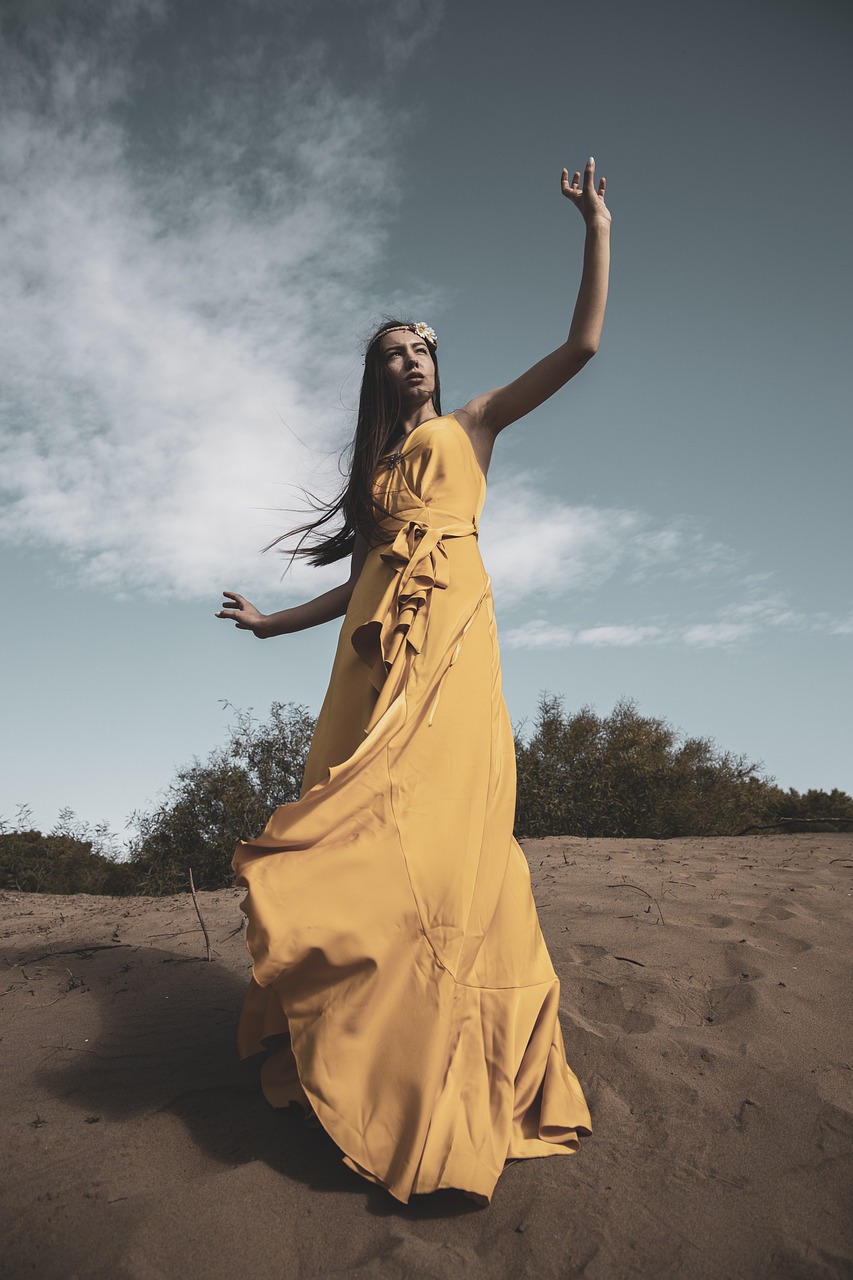The Legend of Utgarda-Loki
The narrative of Utgarda-Loki stands out as one of the most notable tales in Norse mythology. It chronicles a daring expedition undertaken by Thor, the thunder god, alongside his companions Loki and Thialfi, as they ventured into the realm of giants, where they faced trials laid out by the giant king, Utgarda-Loki.
Upon reaching Utgarda-Loki’s castle, Thor and his allies were greeted with jeers by the giants, who mocked their relatively small size. To defend their honor, the gods issued challenges to the giants, believing they would excel in contests centered around strength, agility, and endurance. Confident in their abilities, they assumed victory would be within their grasp.
However, as the contests unfolded, it became evident that Utgarda-Loki was employing his magical powers to outsmart the deities. Loki, brimming with bravado, declared that no one present could out-eat him. He then faced a giant named Logi in a bout to consume a colossal plate of meat. Famous for his voracious appetite, Loki eagerly accepted but was soon outclassed as Logi devoured not only the meat but also the bones and even the plate itself, while Loki struggled to finish just the meat.
Thialfi, renowned for his incredible speed, next challenged the giants to a race, with the giant Hugi stepping up to compete. They raced multiple times on a rugged track surrounding the castle, only to see Thialfi progressively fall behind with each successive attempt.
Frustrated by his companions’ defeats, Thor challenged his adversaries to a drinking contest, an activity in which he had considerable skill. The giant king’s attendants presented a large horn filled with mead, challenging Thor to empty it in three breaths. Initially dismissing the task as simple, Thor drank voraciously. Yet, after several mighty gulps, he observed little change in the horn’s content. In disbelief, he paused to see the mead still swishing at the brim, then resumed drinking with renewed determination. Despite his efforts, he only managed to finish half of the horn by the end.
To further belittle the gods, Utgarda-Loki pointed to a cat lounging in the hall, suggesting Thor should lift it as his next trial. Annoyed yet amused, Thor accepted, but found that he could barely lift even one of the cat’s paws off the ground. Enraged by this mockery, Thor then challenged anyone present to a wrestling match. He was met by an elderly woman named Elli, who was cleaning up after the giants’ feast. Despite his legendary strength, Thor battled her for hours but ultimately succumbed to the agile old woman.
Humiliated and defeated, Thor and his companions spent the night in the castle, and the following day, Utgarda-Loki finally revealed the true nature of their challenges. Although they had lost, they had accomplished feats beyond what mere mortals could achieve. Loki had been racing against fire (Logi meaning ‘fire’ in Old Norse), while Thialfi had raced against thought (Hugi meaning ‘thought’). The drinking horn was connected to the ocean, and Thor had managed to drink a substantial portion without realizing it. The cat was actually the World Serpent disguised, and Thor had managed to lift part of it off the ground. Lastly, the elderly woman represented age itself, and even the mighty Thor took an eternity to face defeat against her.
Dismissing them, Utgarda-Loki instructed Thor and his companions to leave, emphasizing it would be better for both gods and giants. Angered by the deceptions they had faced, Thor readied his hammer, intent on destroying the castle and vanquishing the giant. However, when he turned around, he found himself in an empty field, his adversary and castle completely vanished.
The tale of Utgarda-Loki serves as a poignant reminder of the limits of human endeavor against greater forces and the ease with which perceptions can be influenced. It illustrates how even powerful beings can be brought low by deceit. Moreover, it underscores the significance of resilience and bravery when faced with challenges, reflecting that Thor and his companions pressed on despite their setbacks.
Today, this story remains a vital part of Norse lore, illustrating the nuanced complexities of the Norse gods and their relatable flaws. It stands as a testament to the timelessness of these ancient tales and their enduring ability to resonate with and inspire contemporary audiences.



